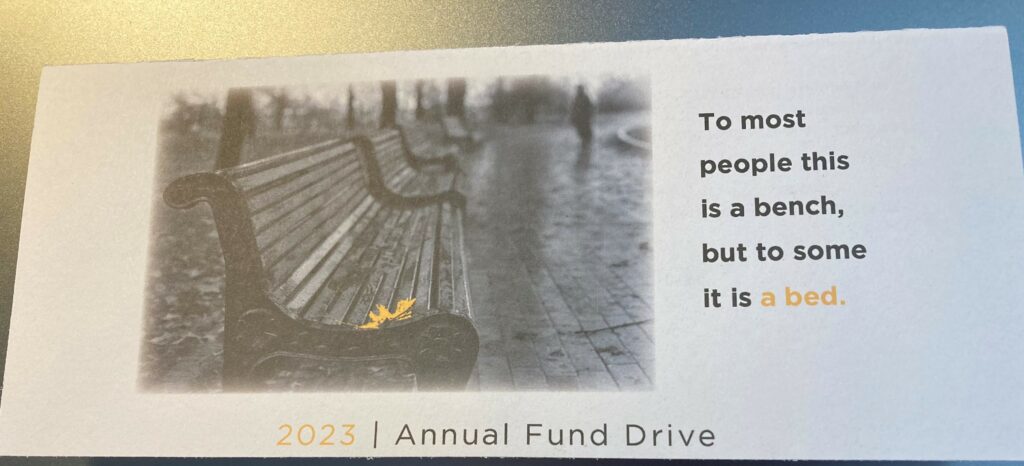When it comes to asking people to leave a legacy gift to their organization, Planned Parenthood does it right.
Legacy giving means making a donation that takes effect after you die, through your will or other planned giving tools. It’s a touchy subject. While I personally take comfort in thinking about my life as a story with a beginning, middle, and end, many of your donors shy away from thinking about their own death. So, you need to think carefully about how you approach them.
How Planned Parenthood asked for a legacy gift
It’s clear that Planned Parenthood has done that careful thinking. First, because they recognized me as a potential legacy giver. How? My wife and I have donated to them in small amounts every year for many years. We are loyal donors.That makes us more likely to think of them in our will than someone who gave one large gift and has been silent ever since!
(Note: they didn’t stop asking us for annual gifts, and that’s right, too. A person who makes a legacy gift is feeling the love for the organization they’ve just benefited: they’re in the mood to help.)
Second, they started mailing these materials to me when I turned 65. (They could find that out from public records.) That’s a reasonable time to do it. People who are raising children, paying off their mortgage, or saving for retirement may also do legacy giving, but it’s unpredictable. People who feel relatively secure for the rest of their lives are the often the ones who start looking to make a difference beyond their lifetime.
Third: the materials are simple but complete. Simple, as in:
- Easy to read
- Nicely produced (but not expensive-looking enough to ring the “Why are they wasting my money?” alarm in donors’ minds)
- Putting a clear message out front. “Your legacy. Our future. Reproductive health and rights for the next generation.”
Complete, as in including:
- A motivational brochure that answers the question “Why give this way?”
- Brief explanations of options: wills, trusts, beneficiary designations on our retirement funds, life insurance, or bank accounts
- Language we could copy and paste into our will
- Contact information for the Office of Gift Planning (phone, email, or online)
- A reply card to be sent through the mail. This makes the process more familiar for people my age, who are used to giving through the mail. It also helps the organization to know in advance what legacy gifts they are in line to receive–a good thing for planning and for stewardship (in other words, not taking your best supporters for granted!)
Will Rona and I include Planned Parenthood in our wills, or make any other kind of legacy gift to them? That would be telling. But are we more likely because of the thoughtful way they asked? A thousand times, yes.
Is your nonprofit ensuring its own future by asking donors to think about their own legacy? If not, it’s time to start. We are not getting any younger, you know!


